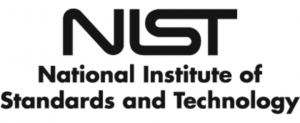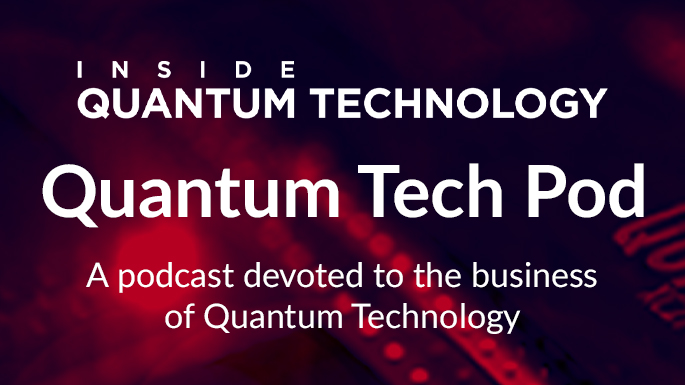IQT Quantum News Briefs May 28: Dynex offers neuromorphic quantum computing with new subscription model; D-Wave Quantum Set to Join Russell 3000® Index; NIST scientists report breakthrough refrigerator design to reach absolute zero for quantum computing;

Quantum news briefs: May 28, 2024: Press release summaries below:
Global tech startup Dynex offers neuromorphic quantum computing with new subscription model
 Dynex, the world’s only accessible neuromorphic quantum computing cloud (n.quantum computing) for solving real-world problems at scale, today announced a subscription model with pricing starting at $99 per month. The new model removes the cost barriers associated with conventional quantum computing and furthers Dynex’s mission of democratizing the technology.
Dynex, the world’s only accessible neuromorphic quantum computing cloud (n.quantum computing) for solving real-world problems at scale, today announced a subscription model with pricing starting at $99 per month. The new model removes the cost barriers associated with conventional quantum computing and furthers Dynex’s mission of democratizing the technology.
Dynex’s cloud platform, the 28th largest supercomputer in the world based on current PetaFLOPS performance, is powered by proprietary, patent-pending algorithms, and is now accessible to corporations, educational institutions, and other organizations globally. Current projects run on the platform include complex computational tasks, such as protein folding, RNA folding, particle tracking, EV optimization and drug repurposing. Officially launched in 2022 after years of development, Dynex has already set a world record for quantum computing, beating NVIDIA’s former record.
Dynex offers a faster, higher-performing, and more secure solution than conventional options, delivering unrivalled performance for complex simulations and optimization tasks. The platform is up to 90% more affordable than conventional supercomputers, with current costs at $0.12 per second, compared to IBM’s quantum computing costs translating to $1.60 per second. Dynex’s energy-
D-Wave Quantum Set to Join Russell 3000® Index
 D-Wave Quantum Inc. announced May 28 that it is set to join the broad-market Russell 3000® Index at the conclusion of the 2024 Russell US Indexes annual Reconstitution, effective at the open of US equity markets on Monday, July 1st, 2024, according to a preliminary list of additions posted on Friday, May 24th, 2024.
D-Wave Quantum Inc. announced May 28 that it is set to join the broad-market Russell 3000® Index at the conclusion of the 2024 Russell US Indexes annual Reconstitution, effective at the open of US equity markets on Monday, July 1st, 2024, according to a preliminary list of additions posted on Friday, May 24th, 2024.
The annual Russell US Indexes Reconstitution captures the 4000 largest US stocks as of Tuesday, April 30th, 2024, ranking them by total market capitalization. Membership in the US all-cap Russell 3000® Index, which remains in place for one year, means automatic inclusion in the large-cap Russell 1000® Index or small-cap Russell 2000® Index as well as the appropriate growth and value style indexes. FTSE Russell, a prominent global index provider, determines membership for its Russell indexes primarily by objective, market-capitalization rankings, and style attributes.
In Other News: Live Science reports “NIST scientists report breakthrough refrigerator design to reach absolute zero for quantum computing”
 A breakthrough cooling technology could help invigorate quantum computing and slash costly preparation time in key scientific experiments by weeks according to May 27 article in Live Science. Scientists often need to generate temperatures close to absolute zero for quantum. Known as the “Big Chill,” such temperatures keep the most sensitive electrical instruments free from interference — such as temperature changes. However, the refrigerators used to achieve these temperatures are extremely costly and inefficient.
A breakthrough cooling technology could help invigorate quantum computing and slash costly preparation time in key scientific experiments by weeks according to May 27 article in Live Science. Scientists often need to generate temperatures close to absolute zero for quantum. Known as the “Big Chill,” such temperatures keep the most sensitive electrical instruments free from interference — such as temperature changes. However, the refrigerators used to achieve these temperatures are extremely costly and inefficient.
Scientists with the National Institute of Standards and Technology (NIST) — a U.S. government agency — have built a new prototype refrigerator that they claim can achieve the Big Chill much more quickly. The team found that by adjusting the design of the pulse tube refrigerators (PTR) between the compressor and the refrigerator, helium was used more efficiently. While cooling down, some of it is normally pushed into a relief valve rather than being pushed around the circuit as intended. The NIST proposed redesign includes a valve that contracts as the temperature drops to prevent any helium from being wasted in this way. As a result, the NIST team’s modified PTR achieved the Big Chill 1.7 to 3.5 times faster, the scientists said in their paper.
The researchers said that even more efficient cooling methods could theoretically be achieved in the near future, which could lead to faster innovation in quantum computing space.



















